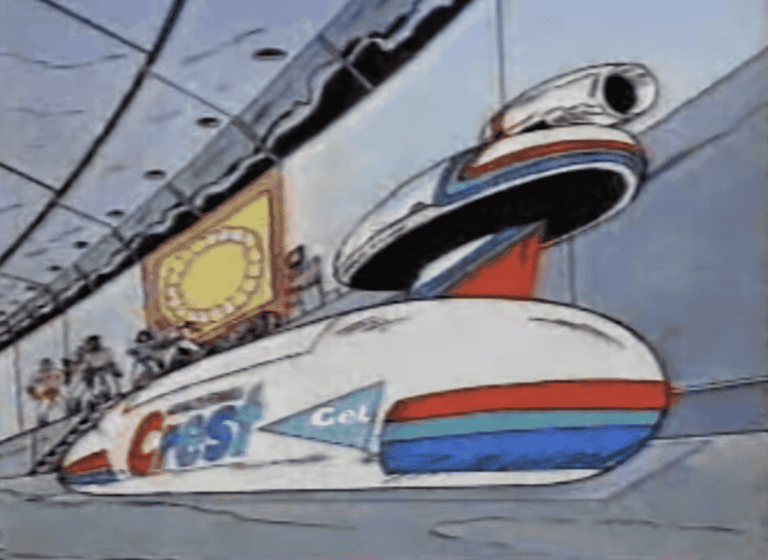What was exciting 30 years ago? According to this retro commercial ad, Aqua-fresh‘s triple protection formula inspired wide-eyed anticipation.
Toothpaste commercials have evolved significantly since their inception, mirroring changes in advertising strategies, societal trends, and advancements in dental care. These brief televised narratives have not only aimed to sell toothpaste but also reflect the cultural context of their time.
The First Toothpaste Commercials
The earliest toothpaste advertisements date back to the late 19th century when toothpaste emerged as a commercial product. These initial ads focused on product effectiveness, often boasting about their ingredients like chalk, charcoal, or baking soda. They leaned heavily on dentists’ endorsements and scientific claims to establish credibility.
The Advertising Age
The 1950s marked a turning point in toothpaste advertising. With the advent of television, commercials became a powerful medium to reach a broader audience. Brands like Colgate and Crest leveraged this platform to introduce catchy jingles and slogans that aimed to capture consumers’ attention. These ads shifted from solely emphasizing functionality to promoting the idea of a dazzling smile and fresh breath, tapping into the growing importance of personal grooming.
The Innovation Era
The 1970s and 1980s witnessed a surge in innovation within toothpaste commercials. Brands began focusing on specific benefits, like cavity prevention, whitening, or tartar control. Advertisements started featuring animated characters, families brushing together, and even testimonials from actors portraying dentists, all aimed at creating a relatable and trustworthy image.
The Digital Revolution
As the 21st century approached, toothpaste commercials took a more scientific approach. They highlighted advanced formulas, backed by research, and often featured before-and-after visuals to demonstrate the product’s efficacy. Additionally, there was a rise in celebrity endorsements, with well-known personalities promoting the latest toothpaste variants.
A Mirror to Society
Throughout these decades, the evolution of toothpaste commercials paralleled societal changes. In the 1950s and 1960s, advertisements portrayed an idealized family scenario, emphasizing dental health as part of a wholesome lifestyle. The 1980s and 1990s saw a shift towards individuality, with ads promoting self-expression and confidence through a bright smile.
Regulation and Disclaimers
Moreover, the advertising landscape underwent significant regulation and scrutiny. Advertisers had to ensure their claims were substantiated, leading to the inclusion of disclaimers and fine print in commercials. Additionally, campaigns promoting dental hygiene education, especially among children, became more prevalent, incorporating fun and engaging elements to encourage regular brushing habits.
Social Media Shaping How We Share
In recent years, digital platforms and social media have reshaped toothpaste advertising. Brands engage with consumers through interactive content, influencer collaborations, and user-generated campaigns. Emphasis has also increased on natural ingredients, sustainability, and eco-friendliness, reflecting a growing societal consciousness about health and environmental impact.
Overall, toothpaste commercials have evolved from simple product endorsements to multifaceted narratives that encapsulate changing societal norms, scientific advancements, and advertising regulations. They continue to adapt, striving to capture attention, convey product benefits, and resonate with consumers in an ever-evolving media landscape.
A Retro Commercial Flashback
Here’s a look back at some of your favorite toothpaste commercials from the 1980s.


